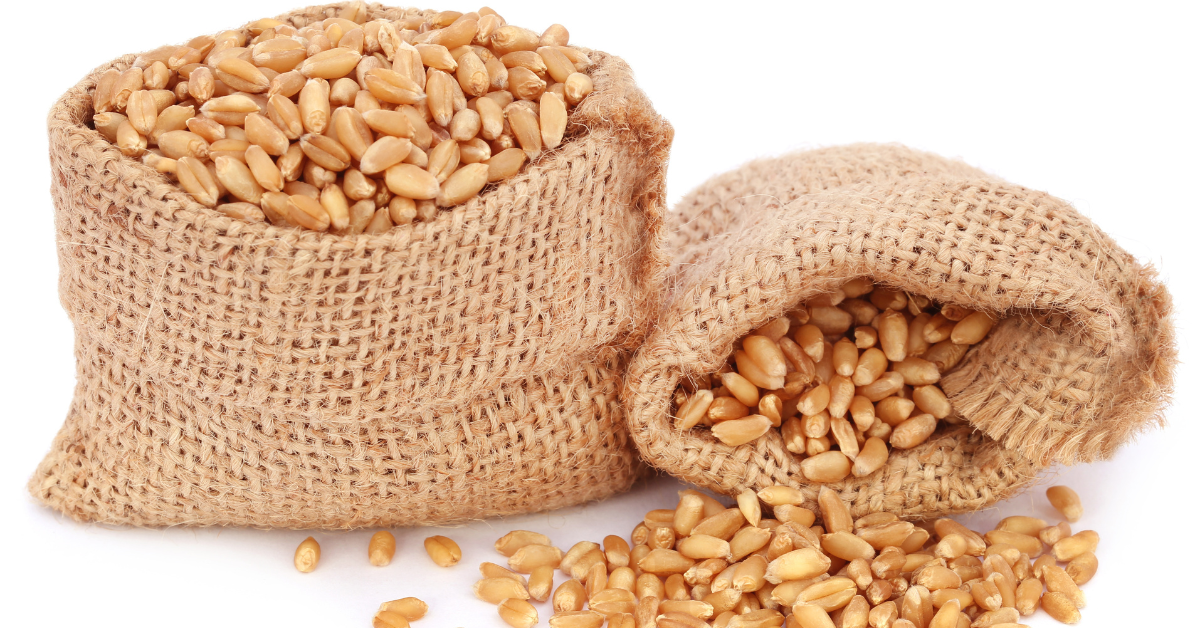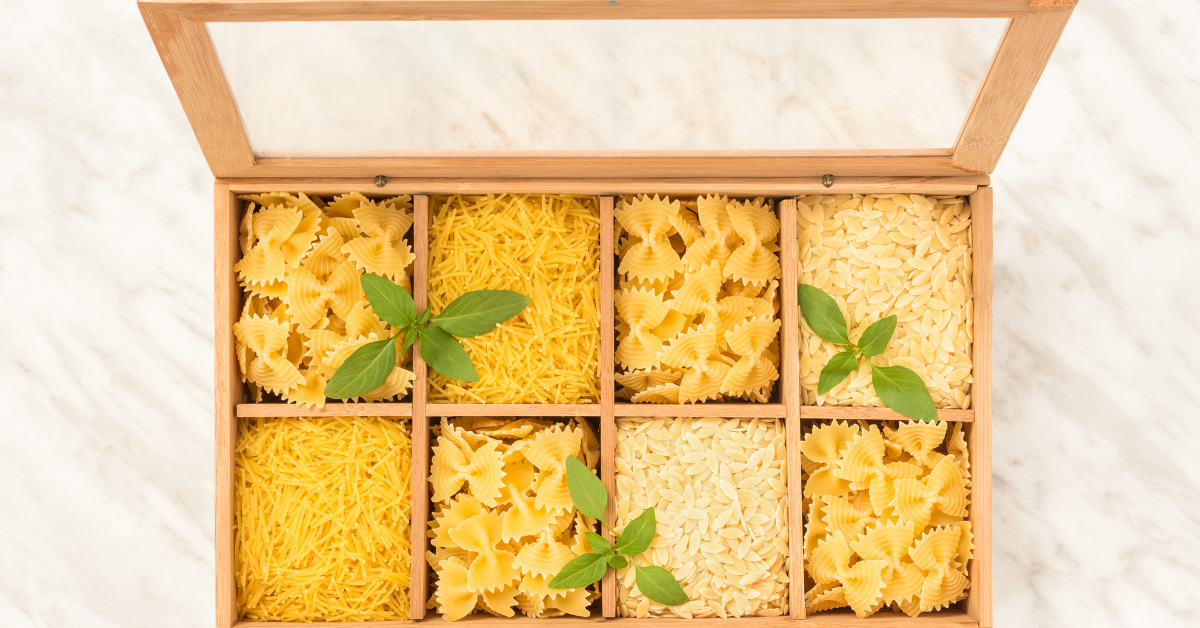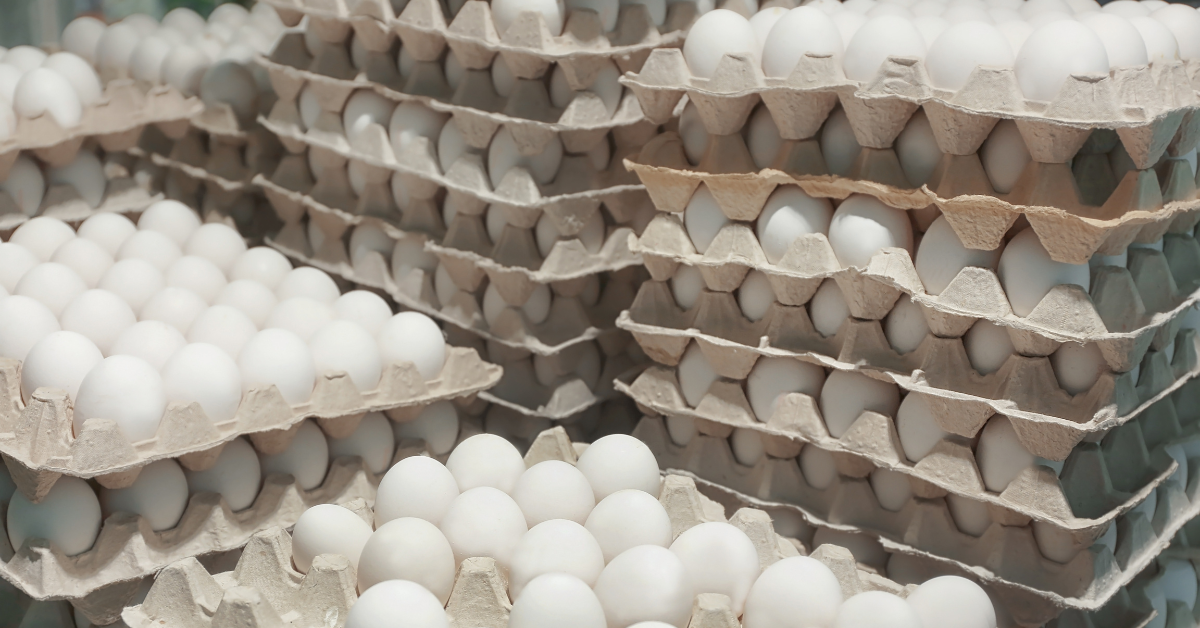Imagine a world where money keeps losing its purchasing power, and all your favorite items now cost way more than usual. This is what happens during hyperinflation. If you're concerned about hyperinflation, it's crucial to think about what to buy before hyperinflation hits. Why?
The United States has been experiencing one of the worst inflations in several decades. In February 2022, the Consumer Price Index (CPI), the most widely used measure of inflation, rose 0.8%, up 7.9% over the previous twelve months. This was the highest rate the country has seen in 40 years.
The latest Consumer Price Index (CPI) data for the United States shows that prices have been going up from February 2021. The unadjusted CPI for all items consumed by urban consumers was around 301.84 in March 2023. This means that the cost of living in urban areas of the United States has gone up compared to the benchmark period of 1982–1984.
As the US continues to battle with inflation, many are becoming increasingly concerned about the possibility of hyperinflation. In this article, we will discuss what household items to buy before inflation hits to help you prepare for potential future economic challenges.
What Is Hyperinflation and How to Protect Against It?
Hyperinflation describes rapid, excess, and out-of-control general price increases in an economy. So while inflation measures the pace of rising prices for goods and services, hyperinflation is inflation that is rising more than 50% per month.
Although hyperinflation is rare for developed countries, it has plagued several nations throughout history. These include Germany, Russia, Hungary, and Argentina.
The United States has never yet been a victim of hyperinflation. But it came close twice during the Revolutionary War and Civil War, when the government printed currency to pay for its war efforts. Unfortunately, things haven’t been going well for the USA since 2021.
The US has been struggling with inflation since 2021, mainly due to COVID-19, supply chain issues, and the Russian invasion of Ukraine. This high inflation has led to a surge in prices, causing concerns that it may escalate into hyperinflation.
Expert Predictions for Future Inflation Trends
According to the International Monetary Fund (IMF), high inflation will persist. The IMF predicts that by 2027, the cost of living will be even more expensive, with prices soaring to 325.6 on the Consumer Price Index (CPI). This means that buying basic necessities will become even more difficult for people.
So, imagine buying the same groceries for $500 weekly, and then the price increases to $750 the next month and $1,125 the month after!
The rising price causes people to hoard goods, including pantry staples and perishable items. This, in turn, creates grocery shortages, and it also leads to the depletion of cash or savings in the bank. Plus, homes lose their value as money has far less purchasing power.
Furthermore, the predicted food shortages in 2023 could also lead to hyperinflation. Food shortages have several implications for a country’s economy and create panic among buyers and sellers as well.
Thus, it's important to be prepared for the worst, which is why it's a good idea to think about what to buy before hyperinflation hits. But how do you prepare for and survive hyperinflation?
We’ll answer this shortly, but first, let’s learn why hyperinflation occurs.
See Related: What Should You Buy Before a Depression?
Why Does Hyperinflation Occur and How to Protect From Inflation?
Hyperinflation occurs for several reasons, but we discuss two of the most common factors below.
1. Excess Money Supply
Hyperinflation happens mostly in times of great economic turmoil and depression. Economic depression is an extended period of negative growth rate. It lasts for years and is characterized by high unemployment, company and individual bankruptcies, lower productivity output, and less credit.
To combat depression, governments release more money to the public via the central bank. The extra money is meant to go to businesses and consumers to improve investment and spending. However, if the increased money supply is not backed by economic growth as measured by the gross domestic product (GDP), it creates hyperinflation.
2. Loss of Confidence in the Economy or Monetary System
Hyperinflation occurs when citizens lose confidence in their country’s currency and the central bank’s ability to maintain the currency value. This is common in times of war.
Companies selling within and outside the country request a risk premium for accepting the money. However, they also raise their prices, creating hyperinflation.
Then, when the currency is seen as having little or no value, people start hoarding items, especially valuable commodities. As a result, the high price causes a scarcity of necessities like food and fuel. The government then releases money to stabilize prices and create liquidity, worsening the problem.

Surviving Hyperinflation: A Comprehensive Guide
There is a number of things people prepare for in life, and hyperinflation is one of them. Even if there’s a low chance of hyperinflation happening, high inflation still hurts economies and finances. Thus, you must take proactive steps before the situation arises and think about what food to buy before inflation hits.
Waiting for the excessive inflation increase only reduces your purchasing power. It might become hard to afford the things you need and also difficult to find them. So, preparing for hyperinflation helps you protect your financial stability.
The following are ways to prepare for hyperinflation:
-
Look for ‘stores of value.’ An example is a non-perishable item, like a generator. All non-perishables are stores of value. In other words, it’s better to buy a generator and store value in it than in a currency.
-
Don’t try swapping your local currency because the government will likely impose large taxes. The government may impose capital controls and may even illegalize forex trading. All these restrictions are intended to prop up the falling currency.
-
Spend money on the necessities, keeping in mind that for every day the cash is unspent, it loses value. So, it’s better to make significant purchases before hyperinflation hits.
-
Try to diversify your income and don’t depend on a single source. Like everyday inflation, follow the 60/40 rule for stocks and bonds. Then look for a bank with a fixed interest rate and keep your money there.
Finally, know that hyperinflation is a systemic problem, so there’s little you can do to change it. The best course of action is to adapt to avoid the effects of inflation as much as possible. You can also try to buy certain items to stock up on before inflation hits.

Essential Items to Purchase Before Hyperinflation Strikes
So, finally to the main question: What should you buy before inflation hits? Should you go for the best prepper food first, or make other strategic and informed choices? Below, we cover what to buy before hyperinflation hits.
Real Estate
Buying a house isn’t just any old purchase—it’s a major decision that requires a lot of careful thought and preparation. It's the biggest investment most of us will ever make in our lifetime. That's why it's so important to make sure you're in a solid financial position before taking the plunge.
Now, it may be tempting to try to predict the housing market, especially with all the uncertainty that's been going around lately. But according to Neda Navab, the president of the U.S. region at Compass, it's not always the best strategy. In fact, she warns that buyers who wait around in the hopes of lower prices may end up disappointed.
So what's the best approach? Well, instead of waiting for much lower prices, experts suggest buying a home based on your budget and needs. If you find a home you love in an area you love, and it also fits your budget, then chances are it might be right for you.
A Side Note
If you can afford to buy real estate before hyperinflation hits, it is important to consider some other factors as well; for instance, access to resources and the potential for self-sufficiency. Buying a property with fertile land and a water source can provide a means of sustainable farming and self-sufficiency during hyperinflation, which can be a real game-changer.
See Related: The Guide to Water Off Grid
Precious Metals
The value of precious metals, especially gold and silver, increases during hyperinflation. This is mainly because the value of these metals doesn’t change like cash. As a result, they always appreciate, while currencies can depreciate.
Commodities
This largely covers food items and other necessities. Knowing how to survive hyperinflation means understanding the type of food to stock and how long it will last you and your family. There are certain types of supplies you must have.
We cover some of them below, but you can read our article on prepping for beginners for more detailed information.
Dry Foods
[product_render product-handle="entree-bucket"]
The United States has been experiencing food shortages since the early days of COVID-19. This affected dried items like pasta, beans, rice, and spices, and could eventually lead to a world food shortage.
The war in Ukraine means that this situation may persist for a while, and the increased inflation is also a major factor. So, stock up on dry food items because grocery stores don't hold very much. While most of them, like pasta, have expiry dates, they have a long shelf-life, unlike canned foods and other perishables.
Other food items to purchase when preparing for hyperinflation are wheat, corn, potatoes, and dairy. To make it easier, survival food buckets usually contain a variety of dry foods.
Canned And Preserved Foods
Another essential commodity to buy before hyperinflation hits is canned and preserved foods, including vegetables, fruits, and meats. These foods are easy to store and use in different ways. For example, you can dry your own meat, or buy dried meat with a really long shelf life.
Freeze dried meat can last up to 25 years when properly stored. However, high acid canned vegetables (such as tomatoes), most fruits, and pickles won’t last that long. You should also ensure the canned products have a long expiration date. If you buy products that would expire in a month or two, it defeats the purpose of stocking up before hyperinflation.
Keep in mind that canned foods are more expensive than what you’ll buy from the farmer’s market; but if that’s what you’ll eat in emergencies, make sure you stock up.
Seeds
The next item on our list of what to buy before inflation hits are seeds. It is an excellent idea to buy seeds and grow your food if you're into gardening. That being said, there’s a limit on what you can grow. For instance, you can grow vegetables and herbs, but you can’t plant rice or beans in your backyard garden. So, grow what you can, and buy what you can’t.
A Survival Food Kit
Survival food kits are food buckets with essential nutrients, and they cover breakfast, lunch, and dinner, as well as essential food components like meat or fruit. Each kit from Valley Food Storage is made with simple and clean ingredients, and it can last for up to 25 years.
So, if you’d rather avoid the stress of grocery shopping during hyperinflation, you can order a food kit. There are different sizes available, so consider the size of your household and how long you want it to last. You can use our survival food calculator to get an idea of how much food you need to have ready.
When preparing for hyperinflation, your budget determines how much food you can store. This is why we do not recommend stress buying. Instead, if you have a family, sit with them, and talk about your food options, preferences, and what to spend money on.
Keep in mind that while food may be scarce and prices increase during hyperinflation, grocery stores likely won’t close down. Therefore, prepping reduces what you need to buy, but does not entirely eliminate purchasing food items.
Baking Supplies
Include baking supplies in the list of what to buy before hyperinflation hits, such as baking soda, flour, yeast, and salt. These items can last months before going bad if you store them in a cool, dry place.
Daily (and Craved) Items
Daily items are not food, but commodities people can’t live without and use daily. Examples are toothbrushes, detergents, toothpaste, etc.
Don’t forget to stock up on coffee if you are a caffeine lover. If you have children, buy snacks, diapers, and a first aid kit. The latter is particularly important, because you must look after your health even in times of inflated prices and scarcity. Finally, purchase over-the-counter medications, vitamin supplements, and immune boosters.
Solar Power
The next item on our list of what to buy before inflation hits is alternative sources of energy, such as solar panels.
Electricity prices have surged nationwide, with some regions feeling the impact more than others. In the New England Census Division, electricity prices have gone up by 57% since January 2021. Meanwhile, the West South Central Division has seen a 36% increase. The West North Central Division had the smallest increase of only 7%.
If you want to save money and become more self-sufficient during these uncertain times, consider investing in solar power tools and appliances, especially if you live in an area with lots of sunshine. This can help reduce your dependence on traditional electricity sources and save you money during hyperinflation.
Spare Parts
Buying car parts before hyperinflation may be a smart move if you can handle the repairs yourself. However, if you're not a DIY type, it might be better to invest in a reliable ride or find alternative transportation.
When buying car parts, choose common replacements for your specific make and model. You also need to keep them properly stored and maintained so you can make use of them when needed.
Tires
Tires are super important for your car's performance and safety—but during times of economic instability and rubber shortages, they can be hard to find or too expensive to afford. Thus, it's better to be prepared and stock a few of them in advance.
When you're shopping for tires, look for a high-quality option that can handle different weather conditions and terrain. It's also important to get the right size and type for your specific vehicle. Don't forget to maintain them properly, too! Check the pressure regularly, rotate them as recommended, and replace them when needed.
What Else Can You Buy Before Hyperinflation Hits?

Aside from all we’ve discussed, you can purchase certain assets that resist inflation and keep you financially buoyant. So, consider investing in:
-
Treasury inflation-protected securities (TIPS)
-
Real estate investment trusts (REITs)
-
The S&P 50
-
Real estate income
Furthermore, car prices go up during hyperinflation, so you might consider making a down payment now if you want to get one.
In addition, ensure you have enough storage space for the items you buy. If you don’t, make a shed for large items. Alternatively, clean out your cabinets and rid them of things you no longer need. Then use the space to store your food and other items.

Avoid Debt While Preparing for Hyperinflation
Finally, don’t go into debt in trying to prepare for hyperinflation. It defeats the whole purpose of what you’re doing to sink into a financial hole while trying to avoid one in the first place. Instead, create a list using the economic principle of the scale of preference, and work from the most important to the least.
Another way to survive inflation and protect yourself from its effects is to build a support network with like-minded people. Sharing resources, knowledge, and skills can help you navigate difficult times more effectively. Additionally, learning new skills, such as gardening, food preservation, and basic repair work, can make you more self-reliant and better prepared for economic uncertainty.
Start Prepping Now!
You may never live through hyperinflation, but being prepared does not hurt. Again, while you cannot control the economic situation of your country, you can limit the harm you suffer as a result.
So, follow our list of what to buy before inflation hits, but also make sure to prepare for everyday emergencies. Have a bug out bag list and go through it. Put together your 72 hour food kit, and get a start on prepping for any emergencies that might come up!




